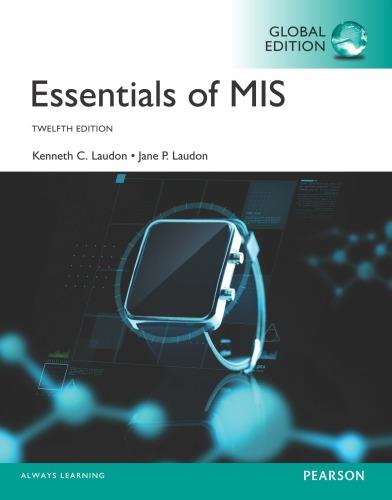
please help
QUESTION TWO (20 MARKS) a) What is meant by price discrimination by a monopolist? (2 marks) b) Discuss three conditions that favour effective use of price discrimination (6 marks) c) Under perfect competition market structure, and short run equilibrium, use well labelled illustrations to demonstrate a firm making: i) Super normal profits (4 marks) ii) Losses (4 marks) iii) Zero economic profit (4 marks) QUESTION THREE (20 MARKS) a) Differentiate between normal good, inferior good and a giffen good (6 marks) b) Assume a consumer spends all his income in the purchase of two goods X and Y whose prices are Sh30 and Sh20 per unit respectively. The consumer's monthly income is Sh12,000. He is satisfied with the various combinations of X and Y but prefers to spend his income in equal proportions on the commodities, that is, at a ratio of 1:1 to maintain his level of satisfaction: I. Using clearly labelled diagrams: Show the relevant budget line and indifference curves indicating the equilibrium position of the consumer (3 marks) ii) What is the effect of an increase in the consumer's income from Sh12,000 to Sh24,000 per month (3 marks) II. Suppose X is a normal good, illustrate graphically the substitution and income effects on a fall in the price of good X (8 marks) QUESTION FOUR (20 MARKS) a) Explain the concept of Pareto optimality and derive the condition for Pareto efficient allocation assuming two goods (5 marks) b) State the law of variable proportions and outline its key assumptions (6 marks) c) Using well labelled diagram(s), illustrate the relationship between Total Product (TP), Marginal Product (MP), and Average Product (AP). Indicate economic and efficient zones respectively (9 marks) QUESTION FIVE (20 MARKS) a) Why firm's short-run and long-run costs are curves U-shaped? (4 marks) With the help of a well labelled diagram explain the relationship between average fixed cost, average variable cost, average total cost and marginal cost curves. (8 marks) c) Explain what economies and diseconomies of scale are. Give examples of both of these (8 marks)QUESTION ONE (30 MARKS) a) Discuss the conditions under which a perfect competitive firm operates (5 marks) b) Explain why indifference curves cannot intersect (3 marks) c) With the aid of diagrams differentiate between perfect substitutes and perfect complements. (4 marks) d) What is meant by the following terms as used in economics, with the aid of a diagram: Opportunity cost ii. Isoquant iii. Consumer Rationality (6 marks) e) Consider a monopolist facing an average revenue function given by P=280-40. In addition, his total cost is given by TC=20+1003. Find: i) His profit maximization output level (Q*) and the maximum profit (a*). (5 marks) ii) Indicate clearly his first and second order conditions for profit maximization (4 marks) iii) From your solution above, calculate the monopolist's sales maximization quantity, price and the maximum revenue









